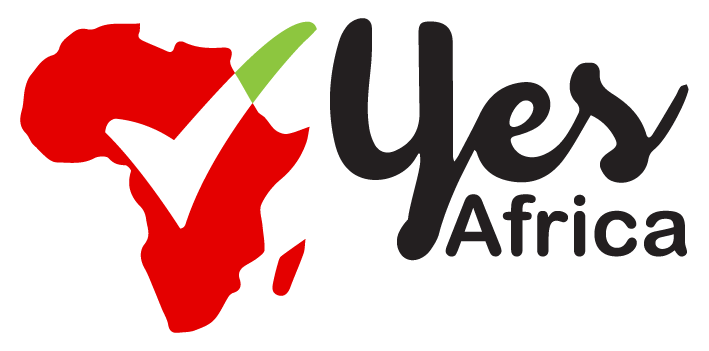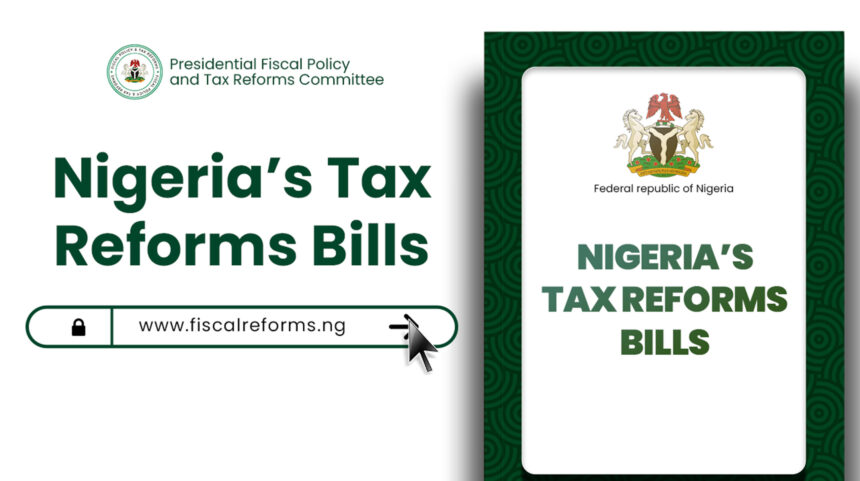President Bola Tinubu’s tax reform bill has scaled second reading at the National Assembly after series of controversy, a rowdy plenary session and vehement opposition especially from the North. The opposition to the bill borders on the section that talks about revamping the VAT revenue sharing model.
Under current law, VAT is allocated in a 15 percent, 50 percent, and 35 percent split to the Federal Government, State Governments (including the Federal Capital Territory), and Local Governments, respectively. Also, 30 percent of the VAT is shared based on the population of the states, while the remaining 50 percent is shared equally among all states.
This template has raised questions about issues of equity and equitable distribution of resources with some state governors arguing that they get less than what they contribute to the nation’s VAT purse.
In fact, the Rivers State Government under Former Governor Wike went to court to challenge the Federal Government’s collection of VAT. It advocated that states should be allowed to collect VAT—and not the Federal Government. Some Nigerians backed the move within the context of advocacy for restructuring, devolution of power and true federalism.
- Advertisement -
It was perhaps this advocacy that prompted the President to push the derivation model for sharing VAT revenue into the new tax reform bill. Under this new model, the Federal government will get 10 percent, States 55 percent, and Local government 35 percent. It is also adopting a principle in which 60% of the total VAT revenue collected will be shared based on what each state contributes.
This could potentially favour states that have more commercial activities and revenue potential. It also proposes a change from Federal Inland Revenue Service into Nigeria Revenue service, to create a central and harmonised system of VAT collection.
The derivation model has been lauded by some saying it is similar to the regional government of the pre-independence and early independence era in which regions flourished with the resources and revenue within their domain.
In addition, those in support of the new proposal say it will bring about a more equitable model of distribution, allowing states to get a share that is commensurate with what they contribute.
It has also raised other questions and has been heavily opposed by many states who argue that it is skewed against them. They say states like Lagos where the headquarters of most multi national companies are located will naturally contribute more VAT and get more than the states where the raw materials for the production of goods are sourced.
- Advertisement -
There is also a conundrum on how to determine the source of VAT if for instance a company imports some raw materials through the ports in Lagos and sells the finished products across Nigeria.
Also, if an Ekiti resident imports a car through the Lagos port, the import VAT goes to Lagos while the car itself will be driven in Ekiti.
The new distribution model also raises some questions for businesses especially in the service sector like banking, telecommunication and ICT. For example, in the telecoms sector, with subscribers moving from one state to another, how will the FIRS determine which state’s VAT pool call or data usage will go into.
It also creates a new and complex data gathering framework for companies as they need to track their VAT collections to specific states and local governments to ensure proper planning of their resources.
The lack of transparency at the local government level is also a big issue here. With this new model, local governments will also be getting a share of VAT based on how much they contribute. With the way state governors have kept local government chairmen in a stranglehold, it may be a bit complex to follow the more and track each local government’s VAT pool.
This means the FIRS or the Nigeria Revenue Service that will emerge from the Tax Reform bill must have an efficient and transparent system to determine the source of VAT, which state gets the VAT pool and where the final consumption of the goods or service will be done.
Conclusion
The new VAT revenue sharing model is a bold attempt at addressing questions of federalism and equitable distribution of resources in the country. It would certainly encourage states to develop and create conditions that will attract business to their domain. This would increase their VAT generation pool and ultimately their share of the revenue.
However, the reform also raises a number of questions that must be addressed by the relevant authorities. There must be a transparent system to monitor and track each state’s VAT pool. Also, it must be implemented in a way that companies are not over burdened with the complexities of which state should get their VAT payment.
If these issues are addressed, this derivation model could be the key to a more financially viable state government in Nigeria.










